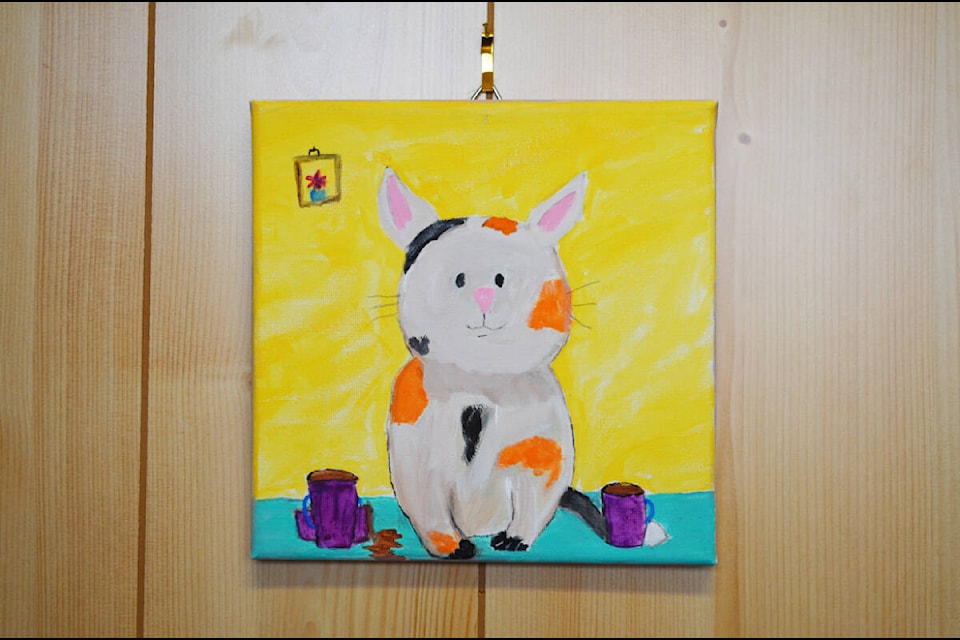Is it possible to have too much art?
This is not a rhetorical question, and is prompted by the fact that I acquired five new paintings last week via the recently completed Anonymous Art Show. Flush with the glow of ownership, I put them in the car and brought them back to the Journal office, where I was brought back down to Earth as I contemplated what I was going to do with them.
There was no point in taking them home. Between all the paintings and posters already there — not to mention the bookcases housing around 6,000 books — wall space is at something of a premium. Fortunately, the Journal office has some blank walls around the photocopier, and that space needed some cheering up, so hey presto: seven paintings on three walls, a sort of instant art gallery.
When I had finished hanging them I looked around the rest of the office and was mildly surprised to find I have no fewer than 13 original artworks by local artists hanging there. When I got home I did another quick count, and was even more surprised to find 18 pieces of art by locals hanging in three different rooms and two hallways.
What really threw me was how stealthily this art colonisation took place. If you had asked me before I made my survey, I’d have said offhand that there were maybe a dozen pieces in total, 16 tops. To find I have more than double that (and I’ve just remembered three more hanging at the village office) was a bit of a shock.
Some are of places that mean something to me, such as the pen-and-ink sketch of the Journal office that Martha Labadie did during the Plein-air Paint Out in 2016, or one of White Mountain that Margot Landels had on display at the Ashcroft Art Show a number of years ago. Others are ones that I saw at one of the two Anonymous Art Shows, and which spoke to me in some way: a cheerful calico cat, a whimsical bird, an abstract painting featuring swirls of green and gold.
When people speak of art they often do so in a way that implies something grand or imposing or intimidating or a combination of these things: Art with a capital “A”, the sort of thing that hangs in galleries and about which people write very long treatises analyzing the meaning of every brushstroke. But art can be anything that someone has created, whatever their intention, taking many forms and sometimes appearing in the most unexpected places, such as the Lascaux cave paintings or the pictographs near Three Sisters up Oregon Jack way south of Ashcroft.
The paintings at Lascaux are estimated to be 17,000 years old; the Three Sisters pictographs were probably done more than 2,000 years ago, and could be considerably older. They spring from the human impulse to record what we see around us, but also from the human desire to create things, sometimes almost against all odds.
In 1914, Sir Arthur Conan Doyle — creator of Sherlock Holmes, and one of the most famous writers in the world at the time — made a trip to Canada. On June 14, 1914 he addressed the Canadian Club in Montreal, and his speech was later published under the title “The Future of Canadian Literature”. ACD opined that Canada would, in the fullness of time, produce great literature, but at the moment its people were more concerned with building a country.
You would have thought the same held true in the early days of Ashcroft, and that people would be too busy with practical things for something like art, yet in 1897 the Journal records the existence of a nascent art club made up of three local ladies who enjoyed painting. Despite everything, they found time to create art, an impulse that flourishes here to this day. So thank you to all the artists, past and present, who have brightened the lives — and walls — of so many people over the centuries.
editorial@accjournal.ca
Like us on Facebook and follow us on Twitter
